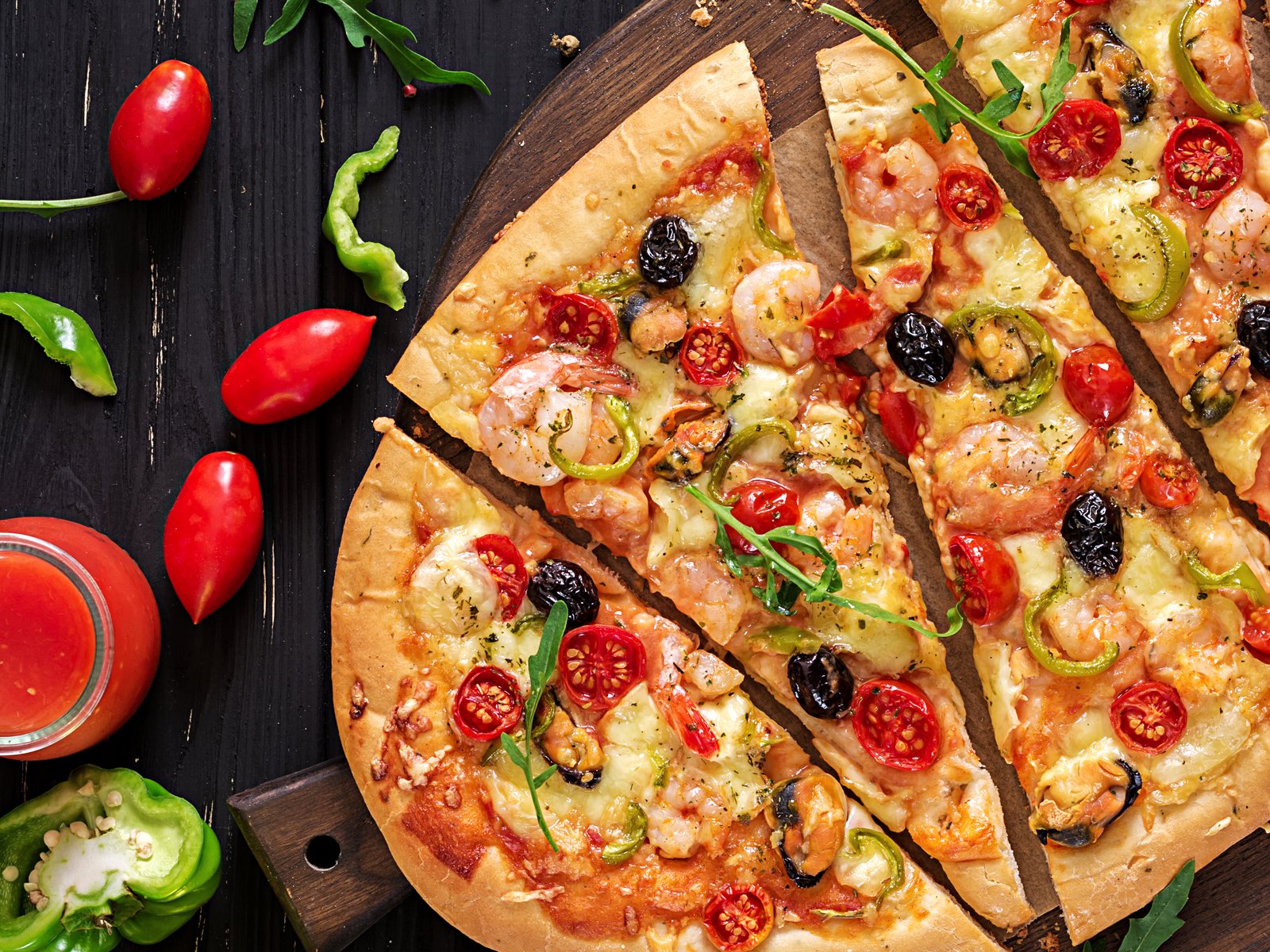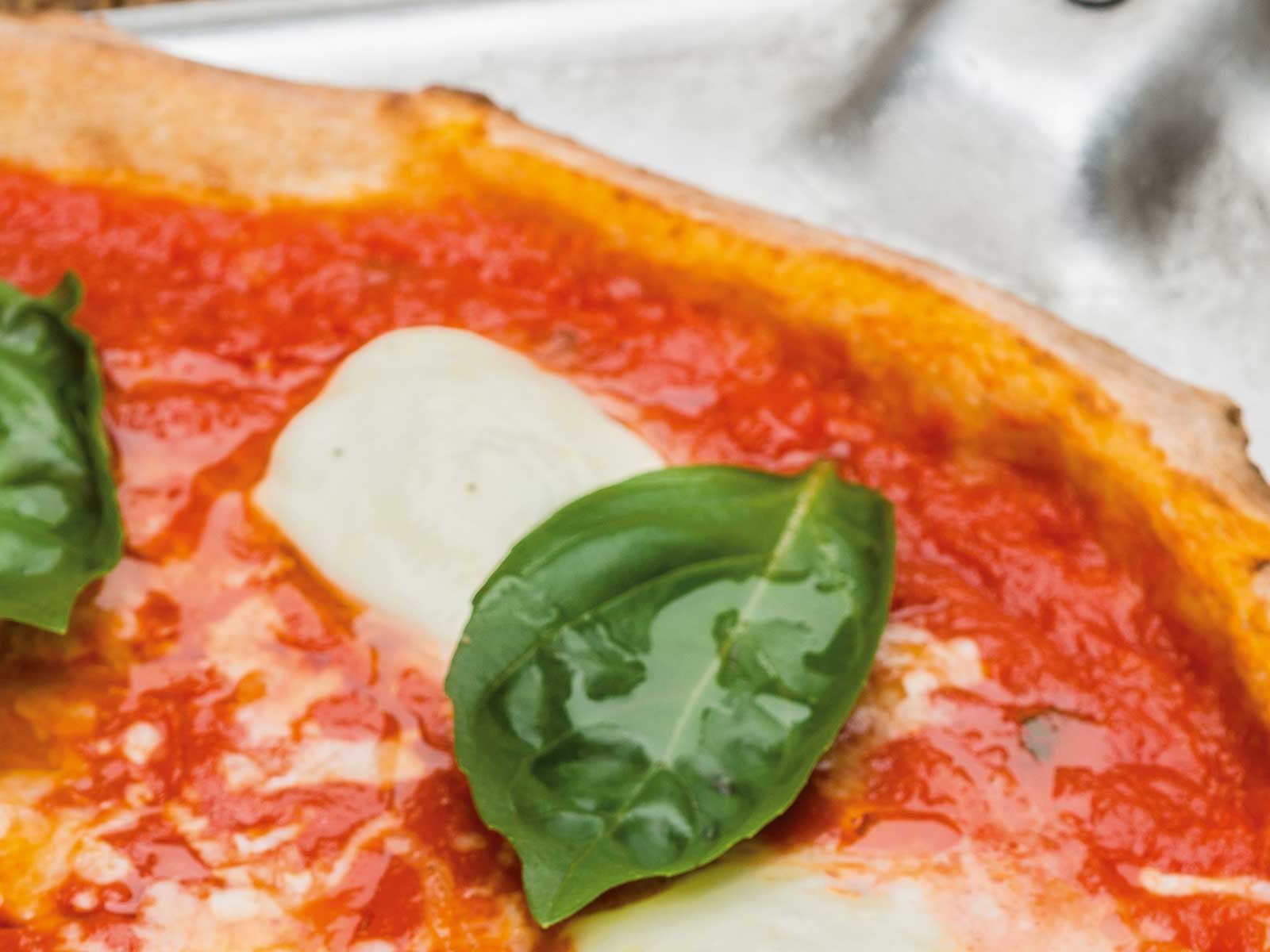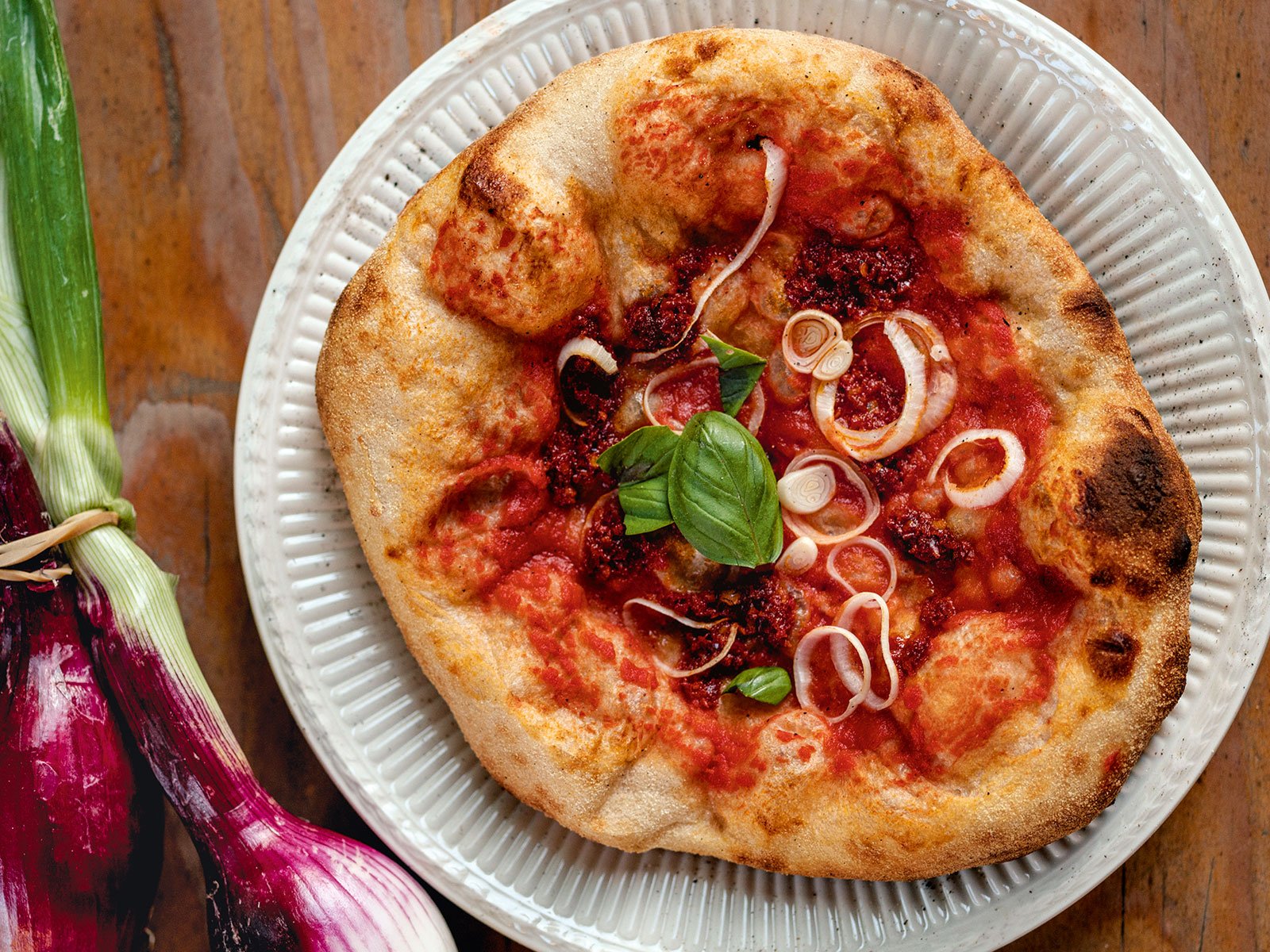How Pizza Can Be Healthy
Great taste, lots of carbohydrates, often a lot of fat: Pizza is popular, but it doesn't exactly have a good reputation. However, nutritionists say it can be healthy with the right ingredients.
Flour, meat, fish, vegetables, with finishing touches of herbs and spices; few dishes offer as much creative freedom as pizza – and there is a healthy option for many toppings. We called on the expertise of two nutritionists to delve into the ingredients list.
White flour is made from the endosperm of a grain kernel, but with wholemeal flour, the hull and germ are also ground – and that has a special value for health. "Whole grains contain more nutrients than white flour, including B vitamins and minerals such as iron, zinc and magnesium," says Silke Restemeyer, a certified ecotrophologist and spokesperson for the German Nutrition Society.
"Cereal products made from whole grains also satiate for longer because the indigestible components of the grain delays gastric emptying, so they can help maintain or reduce body weight."
And the tomato sauce on the pizza base? It contains lycopene, a so-called carotenoid, i.e. a red pigment. It belongs to the secondary plant substances and these bind the free radicals in our bodies, which are waste products from the reaction of cells with oxygen that can damage cells and promote heart attacks and cancer.
Fish is better than meat
Meat not only tastes good, it also contains a lot of satiating protein, as well as iron, zinc, selenium and vitamin B. But: "People who eat a lot of red meat and sausage have a higher risk of bowel cancer," says Silke Restemeyer. "You should eat a maximum of 600 grams of meat products a week – this amount includes sausage and cold cuts."
Restemeyer, on the other hand, gives the green light to fish as a topping: "There are long-chain omega-3 fatty acids in salmon and anchovies," she says. "These are important for the cardiovascular system and can reduce the risk of strokes, and they also contain a lot of iodine and vitamin D." Iodine helps prevent thyroid disease, and vitamin D is needed to store calcium in the bones.
Not only tomatoes, but also peppers, sweetcorn, broccoli and other colourful vegetables contain many phytochemicals. In addition, like whole grains, they consist to a large extent of dietary fibre, which ensures healthy intestinal flora. As we know, even some fruit can end up on a Hawaiian pizza, namely pineapple: "It contains vitamin C, calcium, potassium, magnesium and zinc," says Restemeyer. "It also contains the enzyme bromelin, which has an anti-inflammatory effect and aids digestion."
There are also many foods that resemble sausage and meat but are made from plant-based ingredients, most of them taste quite good and often they also bring health benefits. "Unlike animal products, meat substitutes such as tofu and seitan do not contain saturated fatty acids," explains Inga Pfannebecker, nutrition expert at the Professional Association of Oecotrophology.
"Saturated fatty acids can increase the problematic LDL cholesterol in the blood, and that can lead to deposits in the blood vessels." Like vegetables, soy products contain many phytochemicals, but with seitan, some people need to be a little cautious. It is made from wheat protein, also known as gluten so people with coeliac disease or those who cannot tolerate gluten should avoid it.
Core health
Seeds and nuts also occasionally find their way onto the pizza, sometimes sunflower seeds in combination with rocket, sometimes walnuts with blue cheese and pears. Pfannebecker thinks this should happen more often: "Nuts and seeds contain minerals, B vitamins and unsaturated fatty acids that can dampen inflammatory processes," she explains.
As the author of many cookbooks, Pfannebecker has a do-it-yourself recipe at hand: "My tip, if you want to avoid cheese, which, after all, contains a lot of animal fat and protein; you can easily make a cheese substitute from cashews by soaking them and puréeing them with yeast flakes, mustard, salt and a little lemon juice. This creates a spreadable cream that resembles cheese in taste."
Spice of life
But no matter how good the dough, no matter how fresh the vegetables: To give a pizza real esprit, it is important to round off its aroma with herbs, onions or garlic. "Herbs contain a lot of potassium and magnesium," says Inga Pfannebecker.
"They also often contain essential oils that stimulate the formation of digestive juices and thus support digestion." Rosemary, thyme and oregano, the stars on every pizza, are full of them – as are onion and garlic. Their essential oils even have an antibiotic effect and protect against diseases.
It is not always easy for consumers to understand which additives are allowed in food – and which have to be declared at all, so does it make sense to look for organic standards in pizza? "Whether home-baked or deep-frozen: in organic products you will find at most very low residues of insecticides and weed killers," says Inga Pfannebecker. "Fewer flavours and additives are also allowed, so organic frozen pizza is better for your health than the conventional product."







